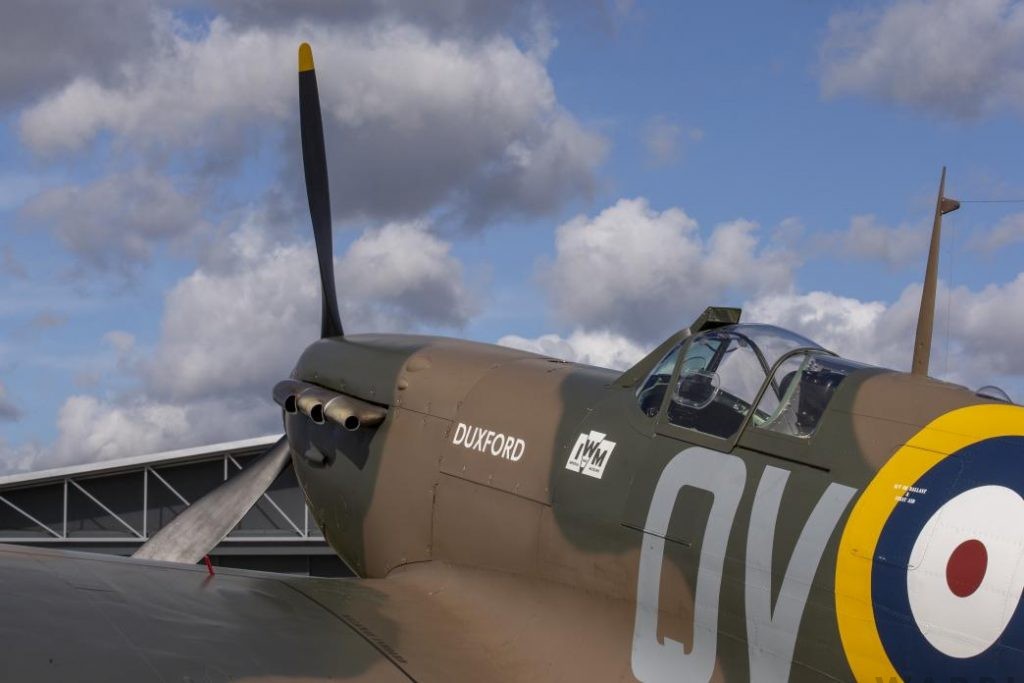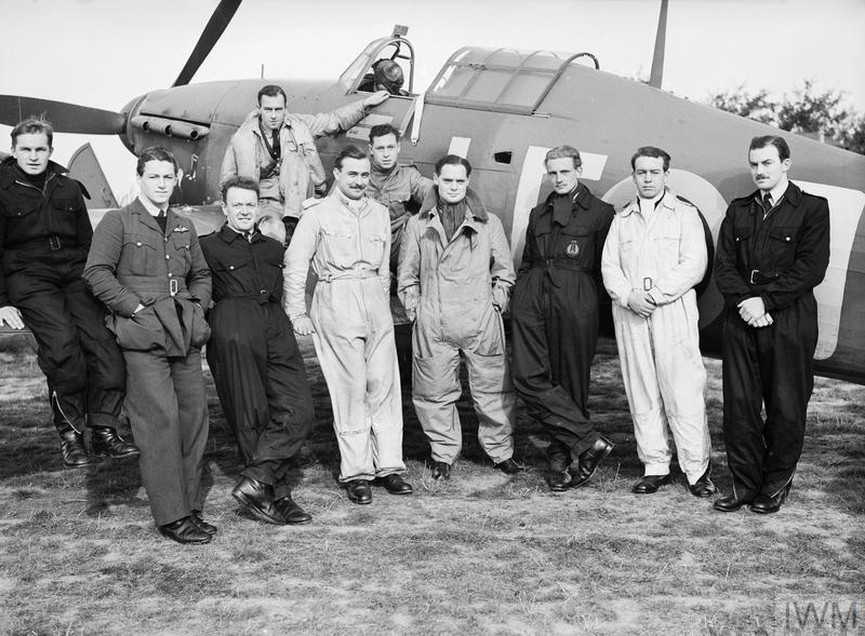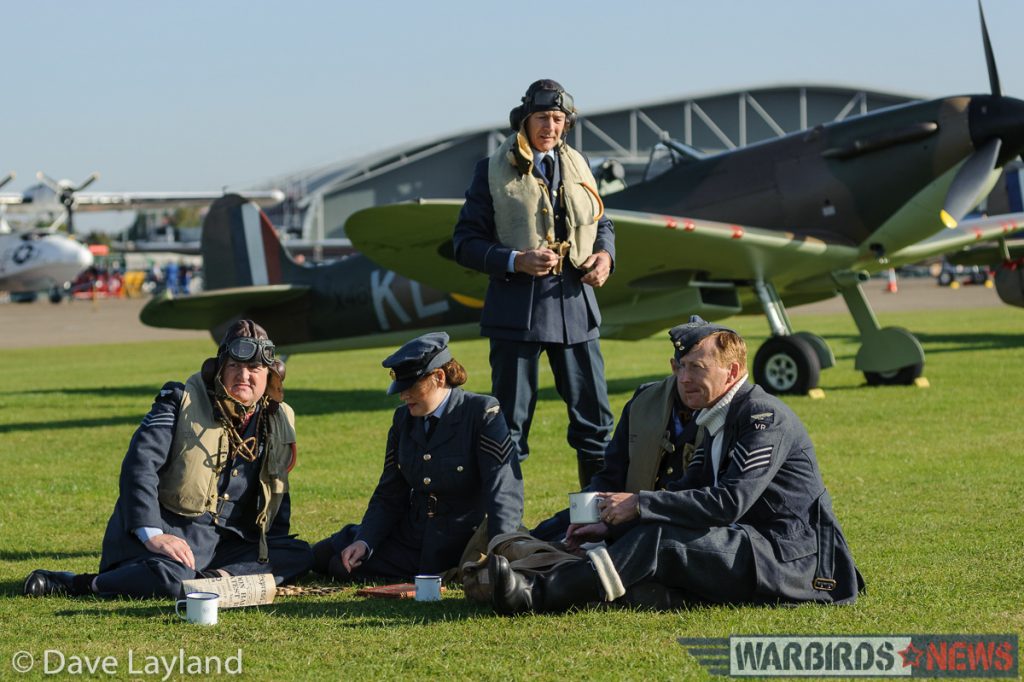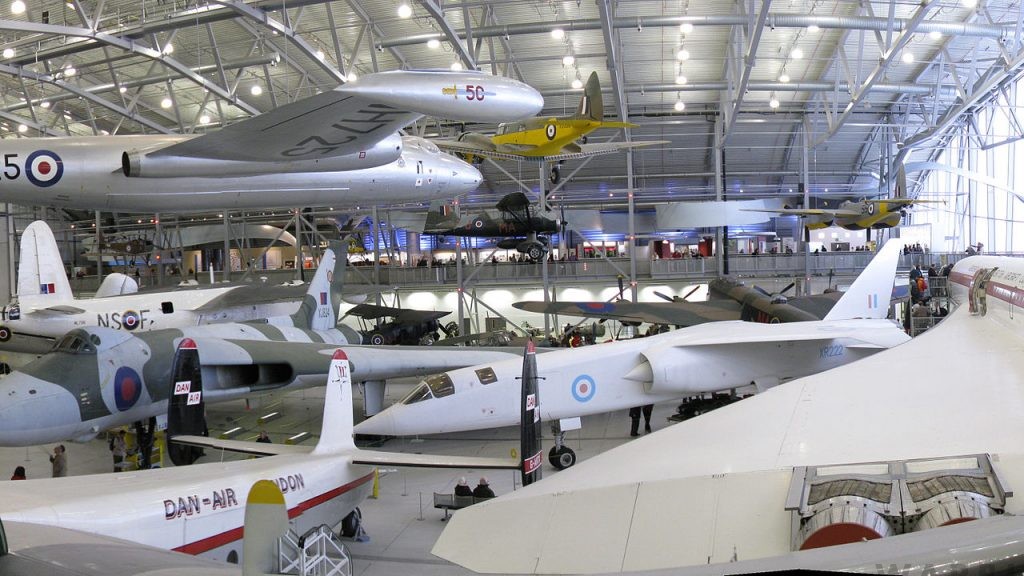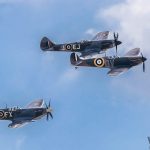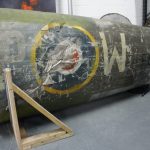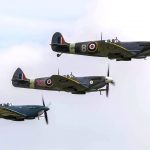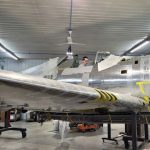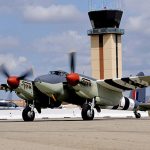There aren’t enough superlatives to adequately describe the Supermarine Spitfire… It is safe to say the type is easily as well-loved today as it was during its time at the forefront of piston-engined fighter aircraft design. The Spitfire was the only Allied fighter type in production throughout Britain’s involvement in WWII, but the prototype Spitfire Mk.I, K5054, which first flew on March 5th, 1936, was a wholly different animal to the final Spitfire marque, the Mk.24. When VN496, the last of Spitfires, rolled off Supermarine’s production line on February 20th, 1948, it is doubtful that it fielded many common structural components to the Mk.I of a dozen years earlier, such was the frenetic pace of development. To showcase the remarkable design evolution in this historic type, Imperial War Museum Duxford has created an exhibit featuring twelve seminal Spitfire variants. The new display will be open to the public in the AirSpace Hall for just six weeks starting in late December, as their press release reveals…
Characterized by its graceful curves, elliptical wings, and the sound of its powerful Rolls Royce engine, the Spitfire has remained a British icon since its heroic efforts in the Battle of Britain in 1940. Visitors will have the opportunity to discover how the iconic warbird evolved throughout the Second World War, undergoing continual refinement to keep pace with German aircraft development, and delve deeper into the Spitfire’s history, entwined with the story of RAF Duxford. Often referred to as “The Home of the Spitfire”, IWM Duxford’s historic airfield was home to the very first RAF fighter squadron to receive the aircraft in 1938.
Book your tickets now: https://bit.ly/3pT1NdV
The Imperial War Museum describes their historic Duxford site as follows…
The aerodrome at Duxford was built during the First World War and was one of the earliest Royal Air Force stations. During 1917 the Royal Flying Corps expanded and Duxford was one of many new airfields established to train RFC aircrew. After the war ended, unlike many similar airfields in a slimmed-down RAF, it was kept open: first as a training school and then, from 1924, a fighter station, a role it was to carry out with distinction for 37 years.
By 1938 the reputation of RAF Duxford’s No.19 Squadron was such that it became the first RAF squadron to re-equip with the new Supermarine Spitfire, and the first Spitfire was flown into RAF Duxford in August 1938.
Squadron Leader Douglas Bader DSO (front centre) with some of the Canadian pilots of his Squadron, 242 (Canadian) Squadron, grouped around his Hurricane fighter aircraft at Duxford. © IWM CH 1413
© IWM (CH 1413)
In June 1940 Belgium, Holland, and France fell to German forces and the conquest of Britain was Germany’s next objective. RAF Duxford was placed in a high state of readiness. The period of intense air fighting that followed has become known as the Battle of Britain, and the station went on to play a role in Britain’s air defense. On 15 September 1940, ‘Battle of Britain Day, its squadrons twice took to the air to repulse Luftwaffe attacks aimed at London. Test and trial units then flew from the station, providing the RAF with vital insights into how its new aircraft would perform in combat before it was handed over to the United States Army Air Forces.
In April 1943, RAF Duxford (soon to be officially designated ‘Station 357’ by the Americans) became home of the 78th Fighter Group, whose primary job was to escort the vast fleets of US Eighth Air Force bombers on their perilous and costly daylight raids against Germany. On D-Day, 6 June 1944, the long-awaited beginning of the Allied invasion of occupied Europe, every available 78th Fighter Group Thunderbolt supported the invasion by attacking targets behind the beachheads of Normandy.
Following the end of the Second World War, and once again an RAF station, Duxford entered its last operational phase. Now equipped with jet fighters such as the Gloster Meteor, Hawker Hunter, and Gloster Javelin, its pilots stood ready to shoot down Soviet bombers should the Cold War turn ‘hot’.
However Duxford was nearing the end of its life in operation under the RAF as the defense needs which had called RAF Duxford into being as a fighter station no longer applied; it was too far south and too far inland, and the costly improvements required for supersonic fighters could not be justified. In July 1961 the last operational flight was made from RAF Duxford, and for some 15 years, the future of the airfield remained in the balance.
IWM had been looking for a suitable site for the storage, restoration, and eventual display of exhibits too large for its headquarters in London and obtained permission to use the airfield for this purpose. Cambridgeshire County Council joined with IWM and the Duxford Aviation Society, giving the near-abandoned aerodrome a new lease of life.
Today IWM Duxford is established as the European center of aviation history. The historic site, outstanding collections of exhibits, and regular world-renowned Air Shows combine to create a unique museum where history really is in the air. For more information, visit www.iwm.org.uk








